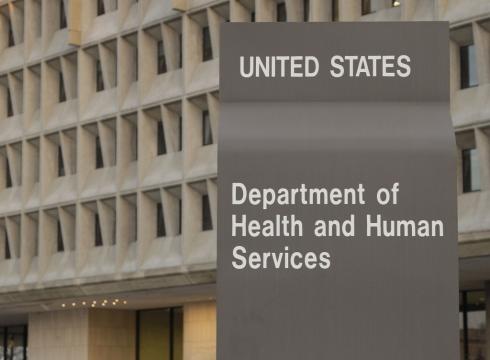
Opportunity To Comment: NPRM On Gender Identity In Shelters And Community Development Programs
Stanley Carlson-Thies
The federal Department of Housing and Urban Development (HUD) has proposed draft regulations intended to better protect transgendered persons in shelters and other facilities that receive federal community development program funding, noting that such persons are at special risk of discrimination and harm. The proposed regulations modify protective regulations issued in 2012, “Equal Access to Housing in HUD Programs Regardless of Sexual Orientation or Gender Identity.” Comments are due no later than January 19, 2016. Faith-based organizations may have special concerns about how HUD seeks to ensure the heightened protection.
The draft regulations are particularly concerned to prohibit gender identity discrimination in emergency shelters that have shared sleeping quarters or shared bathing facilities. In general, the amended regulations would require access to facilities, services, and programs supported by federal community development funds, without any discrimination due to the person’s gender identity. Equal access is to be accorded also to the person’s family.
Such equal access is to be provided, with few exceptions, even when a shelter or other facility has only shared, not individual, bathrooms and sleeping spaces: “placement . . . shall be made in accordance with the individual’s gender identity.” On a case-by-case basis, exceptions to this shared-space requirement can be made if health and safety concerns require it—but this cannot be a routine policy and cannot be triggered by complaints of other beneficiaries based on their gender identity concerns. Instead, it “should be based on the [transgendered] individual’s own request.” And the shelter or other facility must keep detailed records of any such exceptions, must make a referral to another comparable facility, and record the outcome of the referral and the “benefits, services, and accommodations” the person received at the other facility.
Gender identity is a contested concept: in fact, these draft regulations themselves propose a change in the definition first adopted in the 2012 Equal Access HUD regulations. Ensuring safety can be a difficult matter, given that others are also involved and that humans are not always well-intentioned. And there is a moral and religious dimension: some of the facilities and shelters that will be affected may have a religiously grounded view about gender identity and how best to ensure respectful treatment that differs from the views of the LGBT advocates who helped to shape these proposed regulations. Transgendered people themselves do not necessarily all agree. The proposed regulations appear to assume that, to avoid invidious discrimination, a shelter must adopt a stance of wholehearted affirmation. Reality is more varied. No accommodation is proposed that would allow faith-based shelters to offer respectful services that differ from the affirmative stance the regulations presume.
The processes and concepts that appear in this NPRM are likely to pop up again in other proposed regulations. Faith-based organizations that provide emergency shelter or other housing services—even if their programs, because they do not receive any of the federal funding involved here, would not be affected by these proposed rules—should evaluate what HUD is proposing. Other faith-based organizations will also want to pay attention because every new regulation like this helps to build up a “national policy” on sexual orientation and gender identity that can be used by courts and other departments and agencies as justification for their own cutting-edge efforts. And every new regulation like this helps to build up a definition of “discrimination” that can be used to exclude dissenting organizations from the public square.
